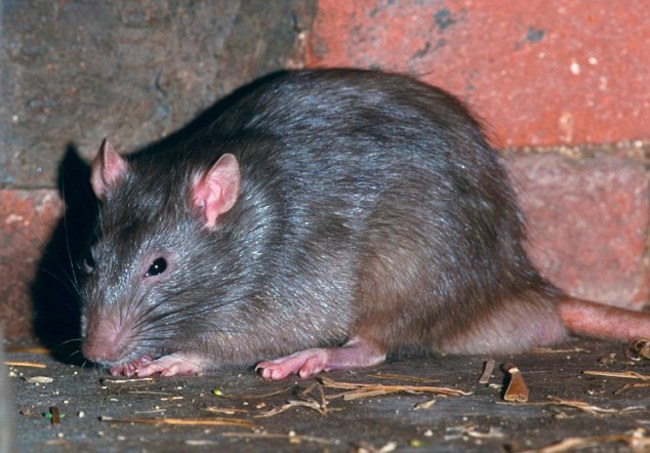While there are many city lists that Oshawa and Pickering would likely love to be a part of, the municipal officials are probably trying to keep hush about the recent 18th and 22nd place ranking as one of the rattiest cities in Ontario.
The placement of these cities on the Orkin Top 25 list has to do with the number of residential and commercial rodent treatments carried out over the last year, from July 1, 2019, to June 30, 2020. Despite the corporate figures and ranking, residential rat removal in Oshawa and several other districts is on the rise for at least one significant reason: the pandemic.
Understanding the Increase in Rodent Populations
For many residents, there is an expected presence of rodents in commercial districts but not in suburban spaces. Neighbourhoods should be free of rat infestations, especially when sanitation is a priority. Unfortunately, COVID-19 forced several businesses to close temporarily, including restaurants, which means that business waste, main food sources for rats, have dwindled and disappeared in some cases. Without adequate nutrients, the rodent population naturally moved to other areas.
The other reason the pandemic plays such a vital role in the residential rat population increase is that many businesses amid forced closures decided to have remote work opportunities, meaning that more people were staying home. With more people at home, residential waste increased, providing rats and other wildlife with a solution to their food source problem.
How Cities Are Curbing the Problem
In most cases, the city is not responsible for removing or preventing a rat infestation in a residential area. Rodent problems are considered a private resident issue. If a municipality finds nesting or infestation issues on city-owned property, the municipal offices will get involved.
Unfortunately, because of the current health crisis, the rat population increase does not seem to be an instance of infestation but rather migration. Homeowners are urged to take precautionary measures and report any significant sightings of multiple rats to the by-law service department. For smaller matters, however, municipal officials suggest contacting a humane wildlife removal service.
Ineffectiveness of Traps and Poisons
Professional wildlife services, like Skedaddle, urge homeowners to steer clear of traps and poisons. While many people feel that these tools offer a quick, affordable and effective solution, they do not. Beyond the health risks to your family and the inhumane treatment of the animals, traps and poisons do not address the root causes of a rodent problem, including shelter, food and population. Using traps is often cruel, and without an adequate solution to the underlying causes, they only have a small effect on the rat population.
Proper Exclusion Techniques
If you want to resolve your rat problem, then there are only two ways to accomplish that goal: remove the existing population and use exclusion techniques. For the removal of the rat population, contact a humane wildlife removal service, like Skedaddle. Experts will come out, inspect your property and help identify vulnerable entry points. The business will also ensure that everything is done to ensure that no rat or rodent is left within your walls.
Once the animals are humanely removed from your property, it is necessary to secure your home against reinfestation. To eliminate the possibility of further rodent problems, you will need to assess your property. Look for any holes or cracks and seal them with mesh, cement or caulk. Trim landscaping so it is at least one meter away from the structure. Finally, do not leave any food or water out overnight, and ensure that all garbage bins are sealed with a lid.
While Oshawa and Pickering made the top 18 of the top 25 rattiest cities, that does not mean it will remain there. The current COVID-19 crisis forced animal populations to seek out alternative food sources. If you are dealing with a rat problem, then contact Skedaddle Humane Wildlife Control for help.



